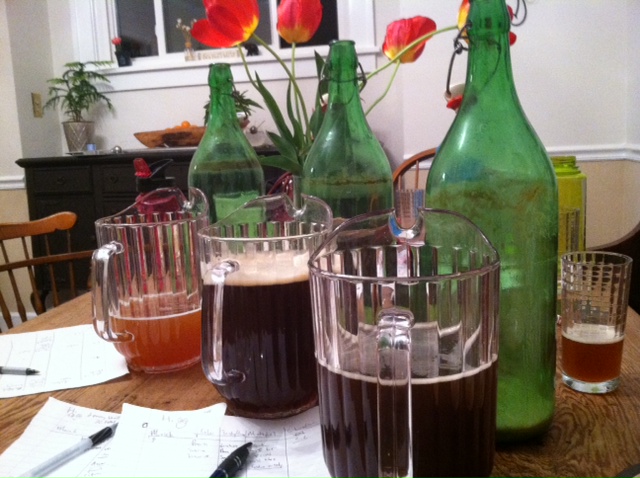brewmeister13
Well-Known Member
I am thinking of doing a "pico" mash (not sure if there is a term so I am making one up) to learn new grains.
My plan is to mash 76 g of grain in 1 cup of water (the same ratio as 1.5qts/lb) in a small pan on the stove to get to know the flavors of specific grains. Then I plan on doing mixtures to see how different flavors interact.
My question is do I need to do a full 60 min mash or can I just hold temp until the starches have fully converted? Also, will this give me a general idea of the flavors to expect or am I just wasting my time and energy? I'd love some more experienced brewers input on this plan and would especially love to hear from anyone who has tried something similar.
My plan is to mash 76 g of grain in 1 cup of water (the same ratio as 1.5qts/lb) in a small pan on the stove to get to know the flavors of specific grains. Then I plan on doing mixtures to see how different flavors interact.
My question is do I need to do a full 60 min mash or can I just hold temp until the starches have fully converted? Also, will this give me a general idea of the flavors to expect or am I just wasting my time and energy? I'd love some more experienced brewers input on this plan and would especially love to hear from anyone who has tried something similar.







